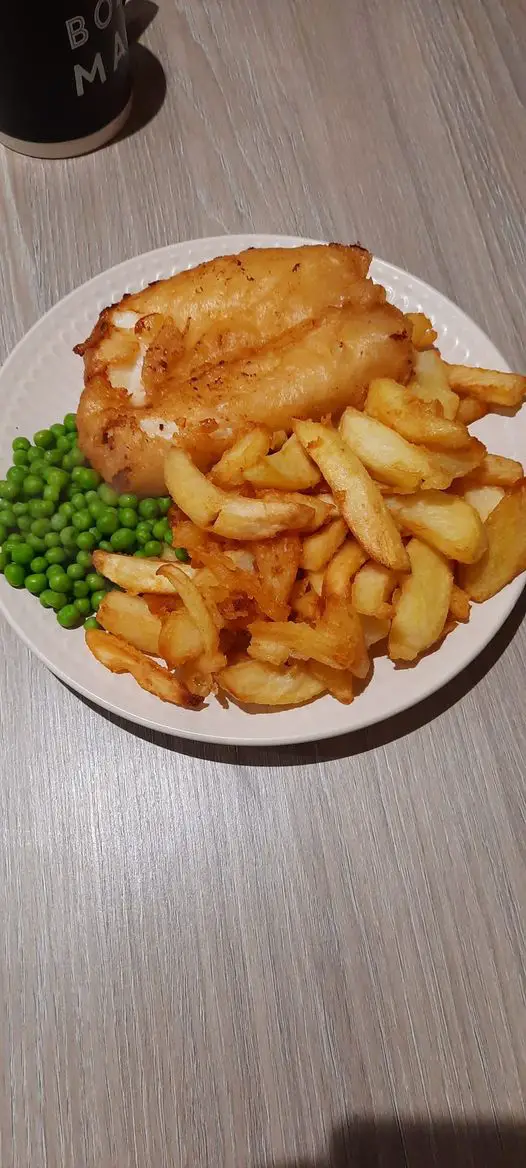Fried crappie is a beloved dish among anglers and seafood lovers alike. With its mild flavor and flaky texture, crappie is perfect for frying, creating a crispy golden crust that complements the tender fish. In this guide, we’ll explore everything from catching crappie to the frying process, along with tips and tricks for the best results.
#### Understanding Crappie
Crappie, a popular freshwater fish, comes in two main varieties: black crappie and white crappie. Both are delicious, but they have slight differences in taste and texture. Black crappie tends to have a firmer texture, while white crappie is slightly sweeter. Regardless of the type, both are excellent choices for frying.
#### Catching Crappie
Before you can fry crappie, you need to catch them. Here are some tips to help you land a good catch:
1. **Best Time to Fish**: Crappie are most active during the spring, especially when the water temperature rises above 60°F. Early morning and late afternoon are prime times for fishing.
2. **Location**: Look for crappie near underwater structures such as fallen trees, submerged rocks, and brush piles. They often gather in schools, so once you find one, you’re likely to find more.
3. **Bait and Tackle**: Use light tackle with a small jig or live bait like minnows. Crappie are known for their light bites, so be prepared to be patient.
#### Preparing Crappie for Frying
Once you’ve caught your crappie, it’s essential to prepare it properly. Here’s how to clean and fillet your fish:
1. **Cleaning**: Start by rinsing the fish in cool water. Use a sharp knife to make a shallow cut behind the gills, then cut down to the belly. Open the fish and remove the entrails, rinsing the cavity thoroughly.
2. **Filleting**: Place the fish on a cutting board. Make an incision just behind the head and follow the spine down to the tail, cutting along the rib bones. Flip the fish and repeat on the other side. You should end up with two fillets.
3. **Skinning**: If you prefer skinless fillets, hold the tail end of the fillet firmly and make a cut between the skin and the flesh. Pull the skin while cutting to remove it cleanly.
4. **Washing and Drying**: Rinse the fillets under cool water and pat them dry with paper towels. This step is crucial for achieving a crispy texture when frying.
#### The Best Frying Techniques
Now that your fillets are ready, it’s time to fry them! Here’s a step-by-step guide to frying crappie:
**Ingredients:**
– Crappie fillets (about 1-2 pounds)
– 1 cup all-purpose flour (or cornmeal for a crunchier texture)
– 1 teaspoon garlic powder
– 1 teaspoon onion powder
– 1 teaspoon paprika
– Salt and pepper to taste
– 1-2 cups of oil (vegetable, canola, or peanut oil)
– Lemon wedges (for serving)
**Instructions:**
1. **Preheat the Oil**: In a deep skillet or frying pan, heat the oil over medium-high heat. To test if it’s ready, drop a small amount of flour into the oil; if it sizzles, it’s time to fry.
2. **Prepare the Coating**: In a bowl, mix the flour (or cornmeal) with garlic powder, onion powder, paprika, salt, and pepper. This seasoning adds flavor to the batter.
3. **Coat the Fillets**: Dredge each fillet in the flour mixture, ensuring it’s evenly coated. Shake off any excess flour to avoid clumping.
4. **Fry the Fillets**: Carefully place the coated fillets in the hot oil. Fry in batches, avoiding overcrowding the pan. Cook for about 3-4 minutes per side, or until the fillets are golden brown and cooked through.
5. **Drain**: Once cooked, remove the fillets and place them on a plate lined with paper towels to absorb excess oil.
6. **Serve**: Serve the fried crappie with lemon wedges for squeezing over the fish. Pair it with sides like coleslaw, fries, or a fresh salad for a complete meal.
#### Tips for Perfectly Fried Crappie
– **Oil Temperature**: Maintaining the right oil temperature is crucial. If it’s too low, the fish will absorb excess oil and become greasy; if it’s too high, the outside will burn before the inside cooks through.
– **Batter Variations**: Experiment with different batters by adding herbs or spices like cayenne pepper for heat or dill for freshness.
– **Keep it Fresh**: For the best flavor, fry the fish as soon as possible after catching and cleaning. If you must store the fillets, refrigerate them for no more than 24 hours or freeze them for longer storage.
– **Leftovers**: Fried crappie can be stored in an airtight container in the refrigerator for up to 3 days. Reheat in the oven to maintain crispiness.
#### Conclusion
Frying crappie is a delightful way to enjoy this tasty fish. Whether you’ve caught it yourself or purchased it fresh, following these steps will lead to a delicious meal that’s sure to impress. With the right preparation, seasoning, and frying technique, you’ll create a dish that captures the essence of home-cooked goodness. So grab your fishing gear, head out to the water, and enjoy the thrill of catching your dinner!

